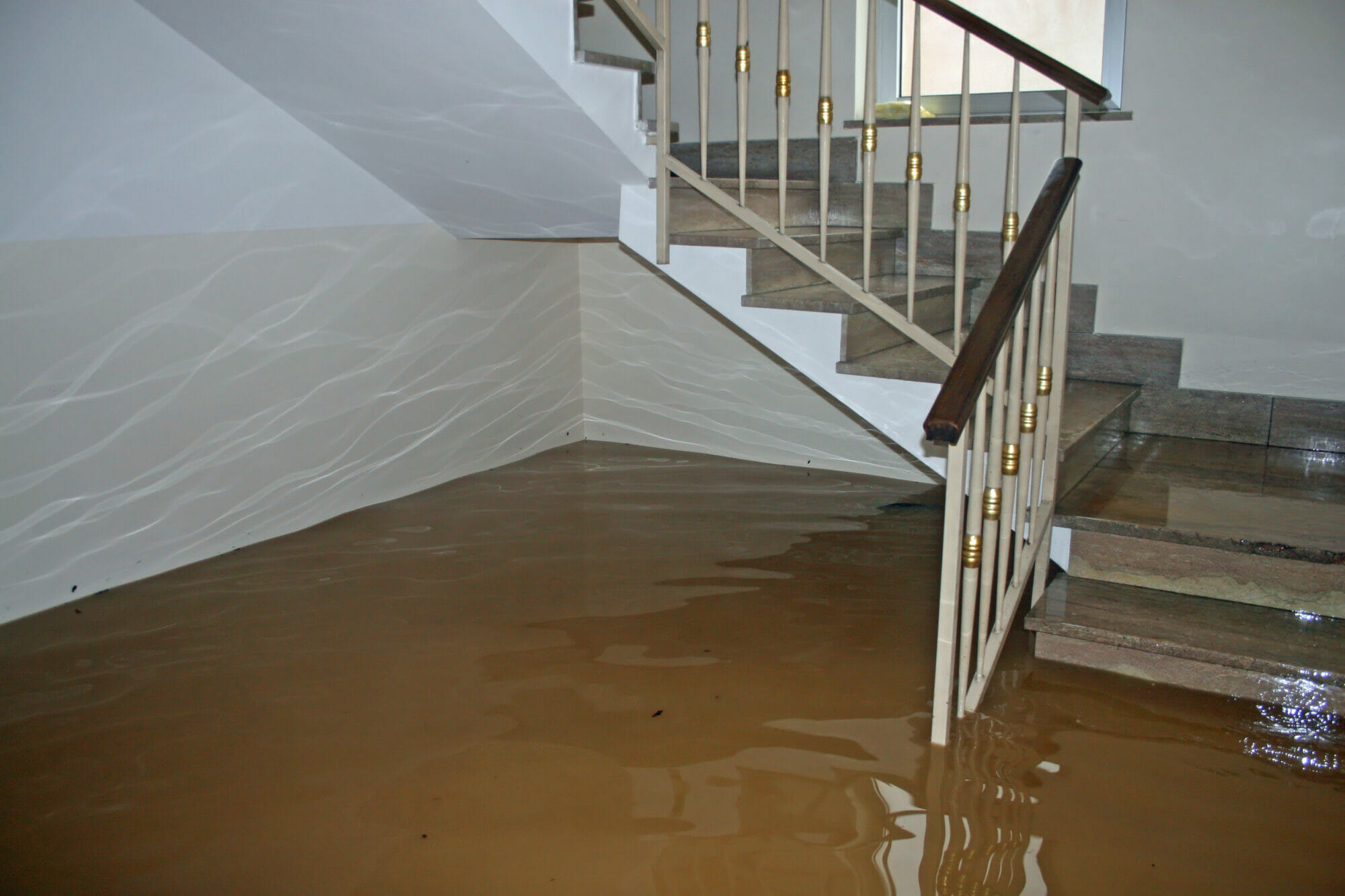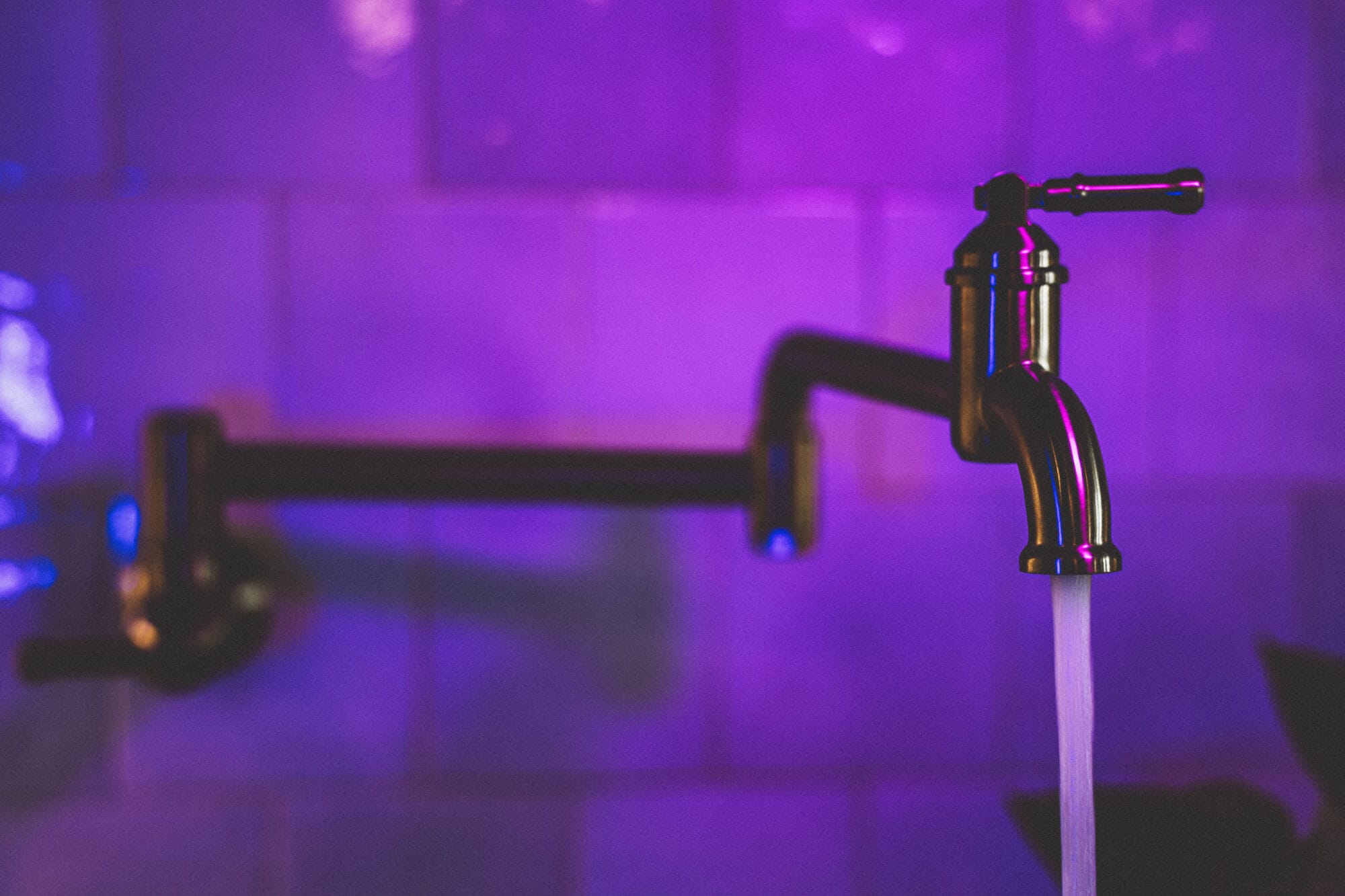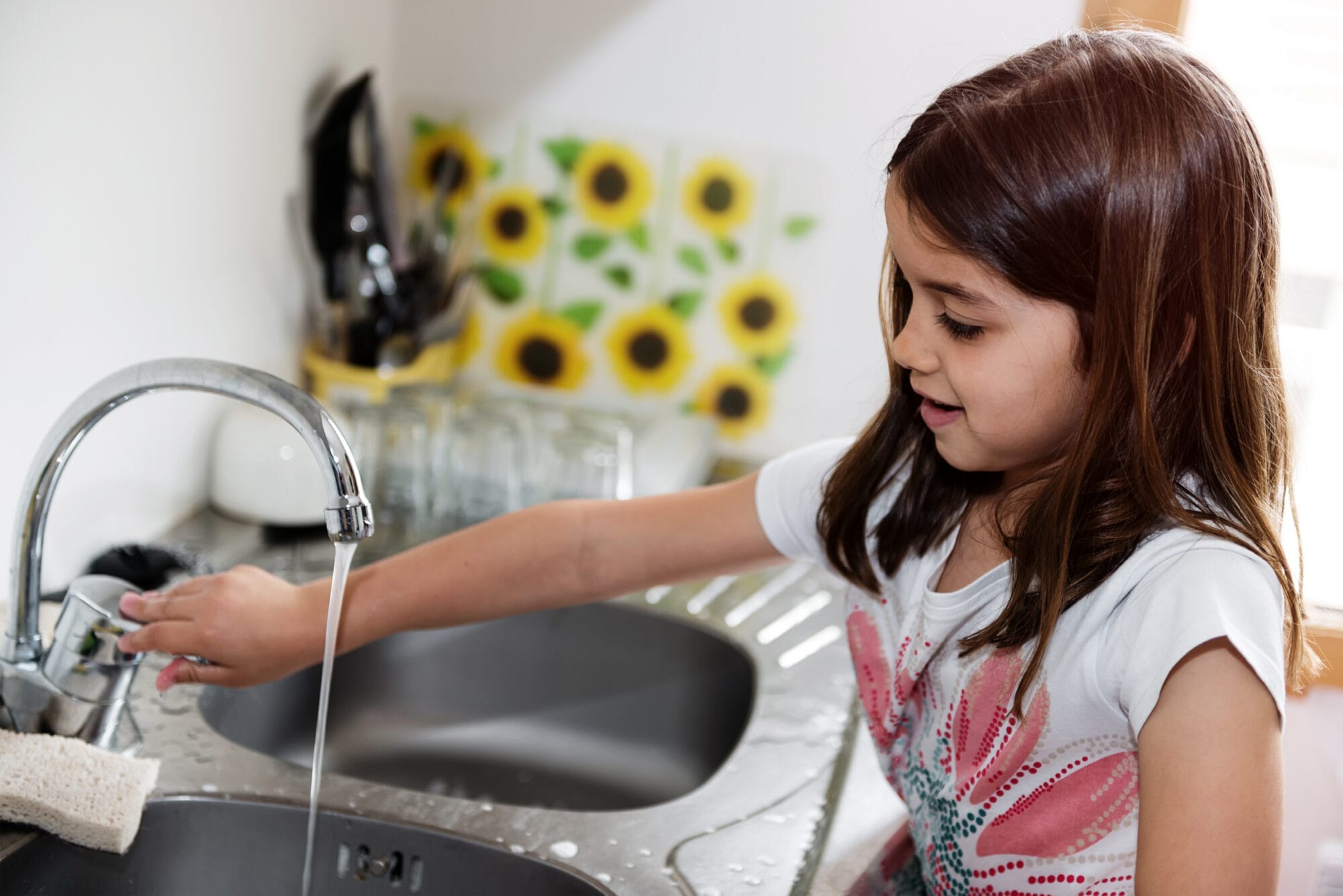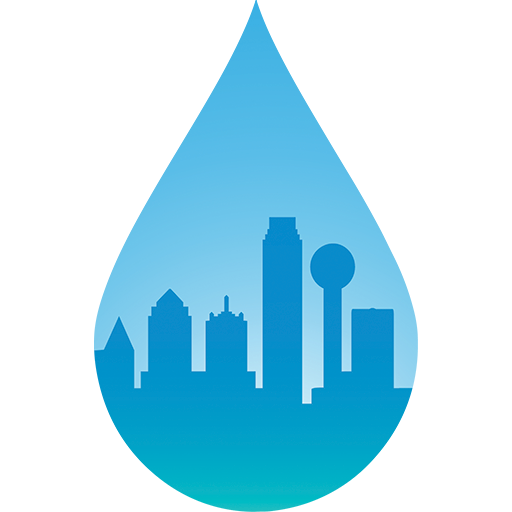A house flood is a daunting experience for any homeowner. The sudden invasion of flood water disrupts your daily life and poses a significant threat to your property. The aftermath can leave you dealing with water-logged carpets, a damp basement, and potential structural damage. Moreover, the situation can become even more complex if the flood water contains sewage, which poses serious health risks.
Addressing a flooded house is a pressing issue that demands immediate attention. The Federal Emergency Management Agency (FEMA) provides resources and support in such situations, but understanding the causes and knowing how to respond to a house flood effectively can save you considerable time, money, and stress.
This guide delves into the common causes of house floods, discusses practical strategies for managing the aftermath, and provides tips for preventing future flooding. We aim to equip you with the knowledge and resources to navigate this challenging situation, minimize damage, and restore your home to its pre-flood condition.
Understanding a Flooded House: What You Need to Know
When your house floods, it’s more than just a surface-level issue. It indicates a more significant problem that, if left untreated, can lead to severe water damage, including structural instability and mold growth.
It’s crucial to remember that safety comes first. Before you enter your flooded home, you’ll need to ensure it’s safe. This includes turning off the electricity before entering your home to avoid electrical hazards.
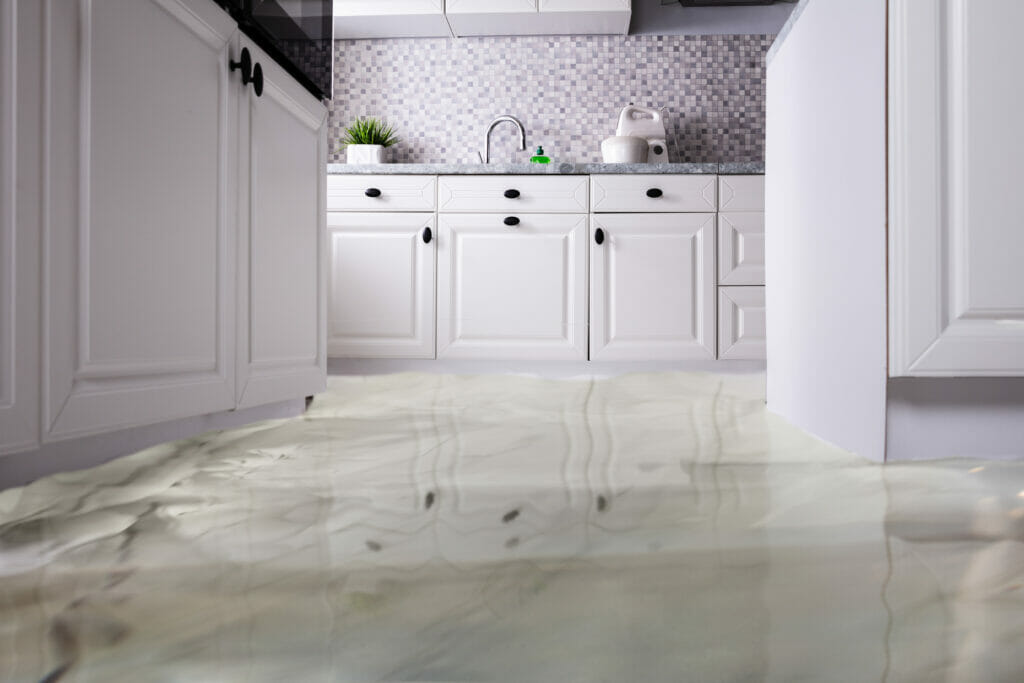
Identifying the Common Causes of House Floods
Various factors can trigger house floods, but they typically fall into two main categories: natural disasters and internal issues.
- Natural disasters like flash floods or hurricanes can cause extensive water damage.
- On the other hand, internal issues, like plumbing failures, can lead to persistent flooding.
Identifying the source of the flood is crucial for effective repair and prevention. The timing and location of the flood can offer valuable clues. For instance, if flooding occurs during or after a heavy rainstorm, it’s likely due to a natural disaster. However, if the flooding is constant, it might indicate a plumbing issue.
Dealing with the Aftermath of a Flooded House
Once you’ve ensured it’s safe to enter your home and identified the cause of the flood, you’ll need to determine the best way to address the issue. This often involves contacting your insurer and scheduling a visit with an adjuster to assess the flood damage.
It’s a good idea to document all the damage for your homeowners’ insurance claim, including any items in contact with flood water.
During this time, protecting your home from further damage is also essential. This might involve removing any trapped water in your home, cleaning with a bleach solution to prevent mold growth, and opening doors and windows to promote drying.
Remember, dealing with a flooded house can be overwhelming. Still, with the correct information and resources, you can navigate this challenging situation and restore your home to its pre-flood condition.
The Centers for Disease Control and Prevention (CDC) provides guidelines on cleaning up after a flood, including protecting yourself from mold and other health hazards. If you’re a tenant, it’s your landlord’s responsibility to address any structural issues caused by the flood.
In the following sections, we’ll delve deeper into addressing a flooded house, when to call a professional, and how to prevent future floods.
Effective Strategies for Addressing a Flooded Home
- When you notice a house flood, the first step is to ensure safety. Turn off the main electricity supply if it’s safe. Call an electrician if you can’t reach the fuse box without standing in the water.
- Next, stop the source of the water if possible. If the flood is due to a leak, you may be able to stop it by turning off the water supply. If it’s due to a natural disaster, you must wait until the event has passed.
- Once it’s safe to enter your home, document the damage for your insurance claim. Take photos or videos of all affected areas and items. Contact your insurance company as soon as possible to report the flood. They will guide you through the process of filing a claim.
- Start the cleanup process by removing the water. You can use a wet/dry vac, pumps, or buckets to remove standing water. Be sure to wear rubber boots and gloves to protect yourself from contaminants in the water.
- Dry out your home to prevent mold growth. Open all windows and doors, use fans, and consider renting a dehumidifier. Remove any wet items, such as rugs or furniture, and dry them out or dispose of them if they are too damaged.
Repairing your flooded home may involve replacing drywall, flooring, and other damaged materials. Depending on the extent of the damage, you may need to hire professionals to help with this process.
Recognizing When to Call for Help: Professional Assistance for House Floods
While some flood situations can be managed with a DIY approach, others require professional intervention. Suppose the flood results from a natural disaster or a complex plumbing issue, hiring a professional is safer and more effective. Hiring a professional is safer and more effective. These experts have the necessary tools and expertise to diagnose and rectify the problem efficiently, preventing further damage to your home.
Weighing Your Options: DIY Cleanup vs. Professional Restoration for Flooded Houses
Both DIY cleanup and professional restoration have their own set of advantages and disadvantages. DIY clean-up can save you money, but it might be less effective if you lack the necessary skills or tools. On the other hand, professional restoration might be more costly, but it ensures the job is done right, providing you with peace of mind.
Preventing House Floods: Proactive Measures to Keep Your Home Safe
Prevention is always better than cure. Regularly maintaining your home’s plumbing systems, installing a sump pump, using water leak sensors, and keeping gutters clean can help prevent house floods. Additionally, inspecting your home for signs of potential water damage, such as water stains or mold, is a good idea, especially after a heavy rainstorm. This proactive approach can help you catch issues early and prevent them from escalating into a full-blown house flood.
Navigating the Aftermath of a House Flood: Final Thoughts
A house flood is more than just an inconvenience; it’s a sign of a more significant issue that needs to be addressed promptly. By understanding the causes, knowing how to address the problem, and taking preventive measures, you can effectively navigate the aftermath of a house flood.
Remember, it’s safe to return to your home only after you’ve ensured all flood water has been removed, and potential hazards like mold damage have been addressed. It’s a good idea to keep your home insurance provider in the loop and wait for an adjuster to visit before you start any extensive repairs.
In the event of a flood, taking steps to protect yourself and your family is crucial. This might involve wearing waterproof boots and using a flashlight to navigate your home, especially in crawl spaces where groundwater might submerge electrical outlets. If anyone in your home experiences health issues following the flood, seek medical attention immediately.
Navigating the aftermath of a house flood can be challenging, but with the right information and resources, you can restore your home and prevent future floods.
